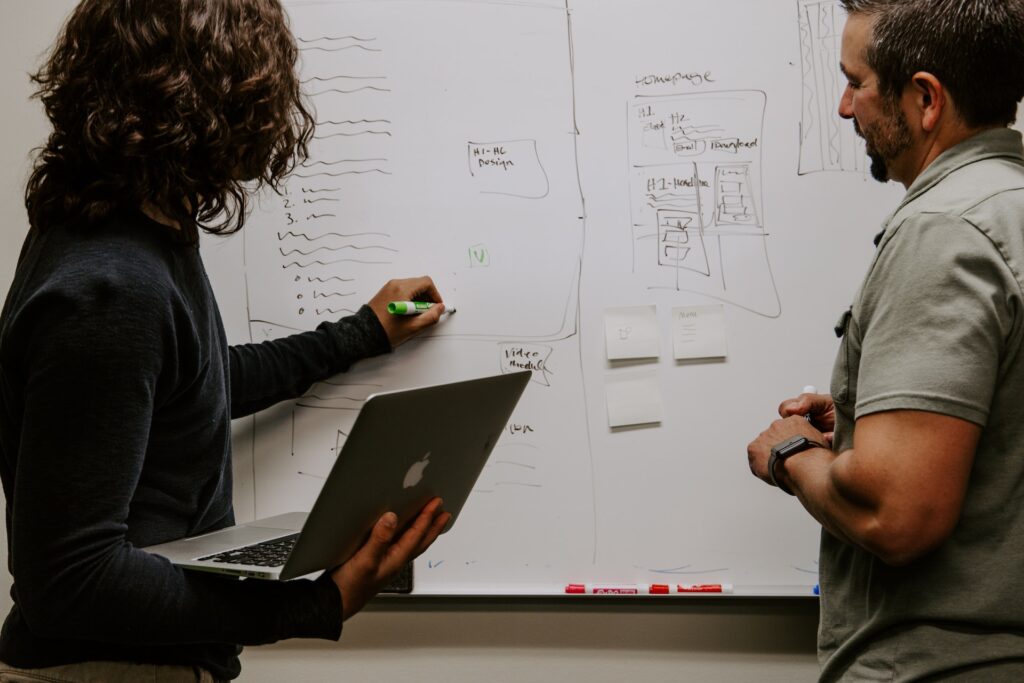Open ended questions are great for achieving a better understanding of your employees or customers. It provides rich narratives that reflect experiences and often provides the ‘golden nuggets’ within data that insights pros often refer to. In doing so you shift your focus from a category driven approach whereby the parameters of the question are clearly defined to a more exploratory insight driven approach. If we are to truly understand the emotions that drive Human Experience of employees or customers open questions are a great resource
First let’s define what open questions are. Open ended questions require more than word responses such as ‘Yes’ or ‘No’ instead they help you get a more elaborate and detailed answer i.e. they help you get more insight! Arguably open ended questions help to avoid ‘swaying’ respondents, for example asking the closed-ended questions ‘Do you like working here?’ may sway respondents to say ‘Yes’ versus you may get a more honest and reflective answer to the question ‘How do you feel about working here?’
Tips for designing your open-ended questions includes:
- Address only one topic: avoid trying to squeeze too many topics into one question for example ‘How do you feel about the office environment, working hours and management?’ Be clear in what you are asking!
- Language: Keep your language clear and jargon-free. Respondents should clearly understand what is being asked of them.
- Answer boxes: Ensure the answer box is of a sufficient size, a small box suggests you may want a short answer.
- How to begin your questions: How you begin a question matters! Examples of effective ways to begin your open ended questions include:
- What is your favourite thing about working here?
- How did you find your experience at the Hilton?
- Where do you see yourself in 5 years?
- Explain to me why you choose this company?
- Cautious of ‘Why?’– Why can also be used to begin a question, however take caution as ‘why’ can put people on the defensive. For example ‘Why would you not recommend our brand?’ or ‘Why did you provide that response to question 3?’
- Generic final question: Asking an ending question such as ‘Have you any additional comments?’ or ‘Is there anything we have missed in this survey?’ runs the risk of generating either a lack of detailed responses or may attract too many different types of responses which may be difficult to analyse. Designing open ended questions properly means that you’re not waiting until the end.
- Avoid open but closed questions: Don’t begin your questions with the following words as they tend to elicit one word or short respondents:
- Do you like working here?
- Have you had a positive experience at this hospital?
- Would you recommend our brand?
- Will you purchase from us again?
Reframe from Closed to Open-ended questions
As a key takeaway here are some practical examples of how you can shift from closed questions to open ended.
| Closed-ended Questions | Open-ended Questions |
| Would you recommend our product/service? | What were the main reasons you chose our product/service? |
| Would you consider using our product/service again? | What would make you use our product/service again? |
| Did you experience good customer service? | How did you feel about our customer service? |
| Did you enjoy using our products? | How would you describe your experience of our products? |
| Was our training process sufficient? | How did you find the training process? |
| Do you enjoy working here? | How would you describe your experience of working here? |
| Are you having a positive work experience? | What is one thing about your work experience that is really positive? |
| Do we need to do anything to improve your work experience? | What is one thing about your work experience that needs significant improvement? |
| Do you think there is a good working environment? | How would you describe your working environment? |
References






